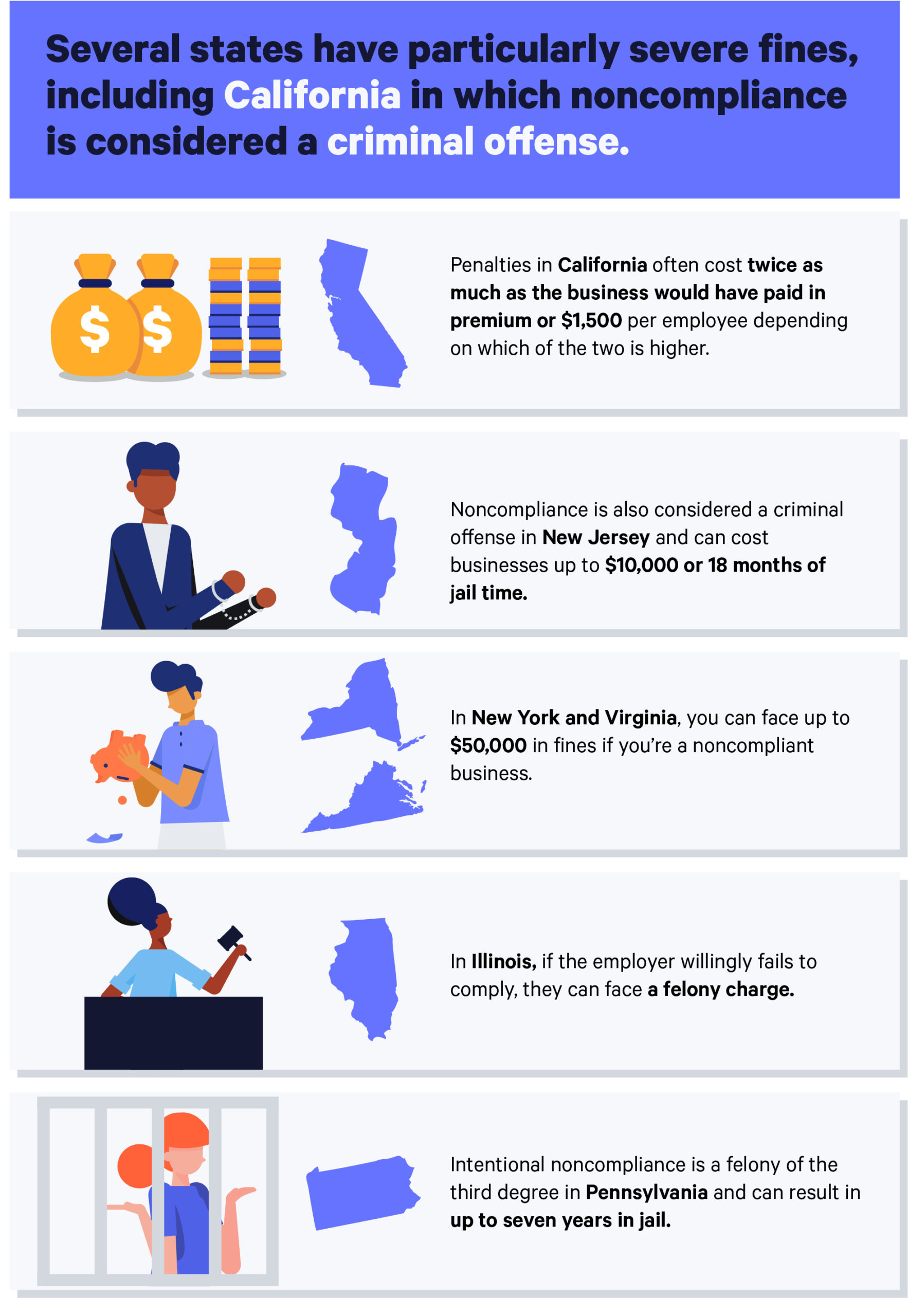A Comprehensive Guide on How to Take Out a Personal Loan: Steps, Tips, and Considerations
Guide or Summary:Understanding Personal LoansAssessing Your Financial NeedsChecking Your Credit ScoreResearching LendersGathering DocumentationApplying for……
Guide or Summary:
- Understanding Personal Loans
- Assessing Your Financial Needs
- Checking Your Credit Score
- Researching Lenders
- Gathering Documentation
- Applying for the Loan
- Reviewing Loan Offers
- Accepting the Loan and Receiving Funds
- Repaying the Loan
**How to take out a personal loan** (如何申请个人贷款)
Taking out a personal loan can be a significant financial decision that can help you manage expenses, consolidate debt, or fund a large purchase. However, navigating the process can sometimes feel overwhelming. In this guide, we will break down the steps to take out a personal loan, provide essential tips, and highlight key considerations to ensure you make informed choices.
Understanding Personal Loans
Before diving into the process, it's crucial to understand what a personal loan is. A personal loan is an unsecured loan, meaning it does not require collateral. Borrowers typically use personal loans for various purposes, such as medical expenses, home renovations, travel, or debt consolidation. The amount you can borrow usually ranges from a few hundred to several thousand dollars, depending on your creditworthiness and the lender's policies.

Assessing Your Financial Needs
The first step in how to take out a personal loan is to assess your financial needs. Determine how much money you need and for what purpose. It’s essential to borrow only what you can afford to repay. Consider creating a budget that includes your monthly expenses and income to understand how a new loan payment will fit into your financial situation.
Checking Your Credit Score
Your credit score plays a significant role in your ability to secure a personal loan and the interest rate you’ll be offered. Before applying for a loan, check your credit score through various online platforms. If your score is lower than you expected, consider taking steps to improve it, such as paying off existing debts or correcting any inaccuracies on your credit report.
Researching Lenders
Once you have a clear understanding of your financial needs and credit score, it’s time to research lenders. There are various options available, including traditional banks, credit unions, and online lenders. Compare interest rates, fees, loan terms, and customer reviews to find the lender that best suits your needs. Some lenders may offer prequalification, allowing you to see potential loan offers without impacting your credit score.
Gathering Documentation
When you’re ready to apply, gather the necessary documentation. Commonly required documents include proof of identity, income verification (such as pay stubs or tax returns), and information about your debts and expenses. Having these documents ready can expedite the application process.

Applying for the Loan
After selecting a lender and gathering your documents, you can proceed to apply for the loan. Most lenders offer an online application process that is straightforward and user-friendly. Fill out the application accurately, providing all requested information. Be prepared to answer questions about your financial situation and the purpose of the loan.
Reviewing Loan Offers
Once you submit your application, the lender will review your information and may provide you with loan offers. Carefully review the terms, including the interest rate, repayment period, and any fees associated with the loan. Make sure you understand the total cost of the loan and how much your monthly payments will be.
Accepting the Loan and Receiving Funds
If you’re satisfied with the loan offer, you can accept it. The lender will provide you with a loan agreement that outlines all the terms and conditions. Read it thoroughly before signing. After acceptance, the lender will disburse the funds, usually through direct deposit to your bank account or a check.
Repaying the Loan
Once you receive the funds, it’s crucial to manage your repayments responsibly. Set up a payment schedule and consider automating your payments to avoid late fees. If your financial situation changes, communicate with your lender about possible alternatives, such as deferment or restructuring your repayment plan.

In conclusion, knowing how to take out a personal loan involves understanding your financial needs, researching lenders, and managing the loan responsibly. By following these steps and considering the provided tips, you can navigate the process smoothly and make a decision that aligns with your financial goals.